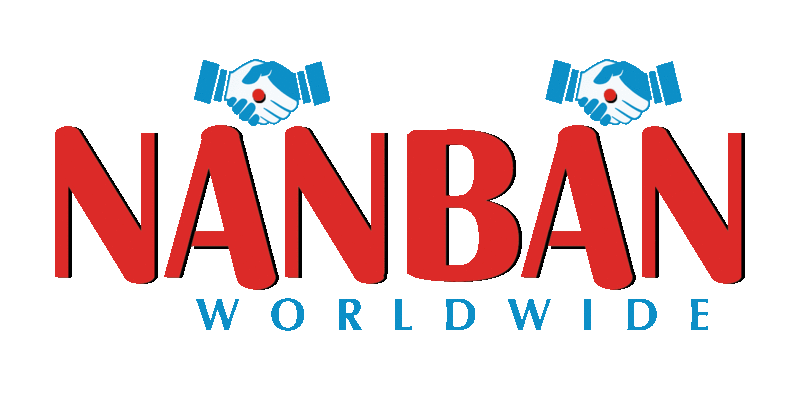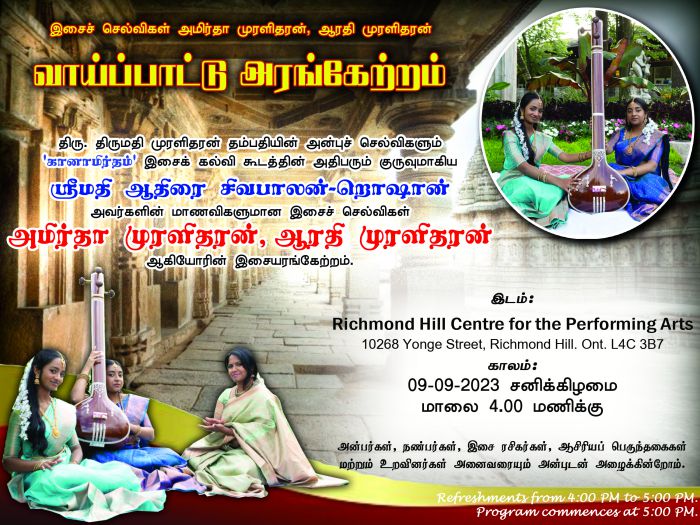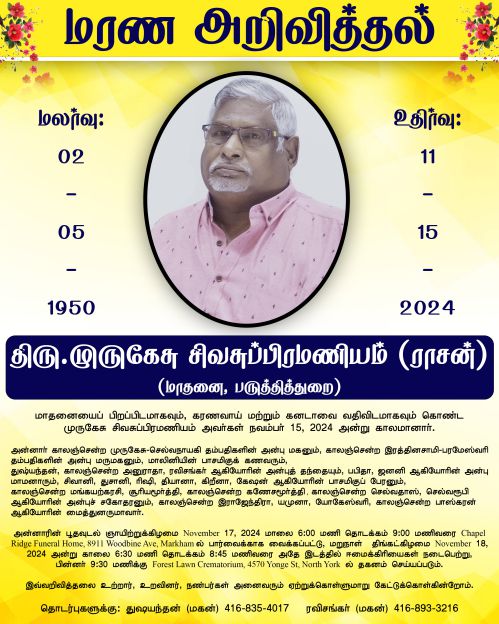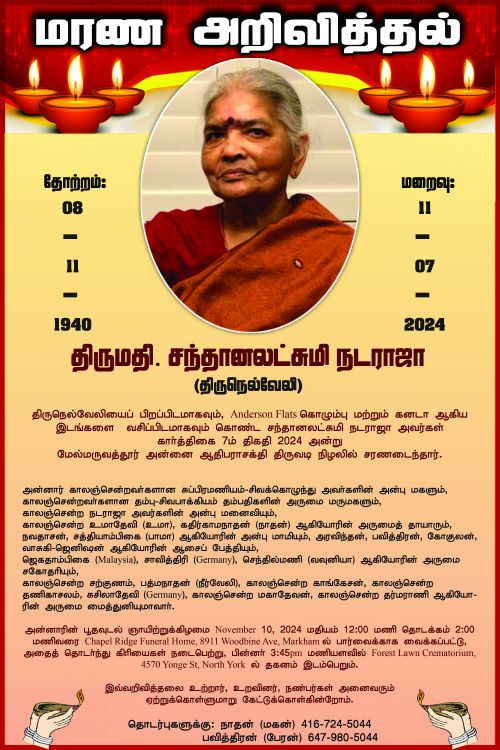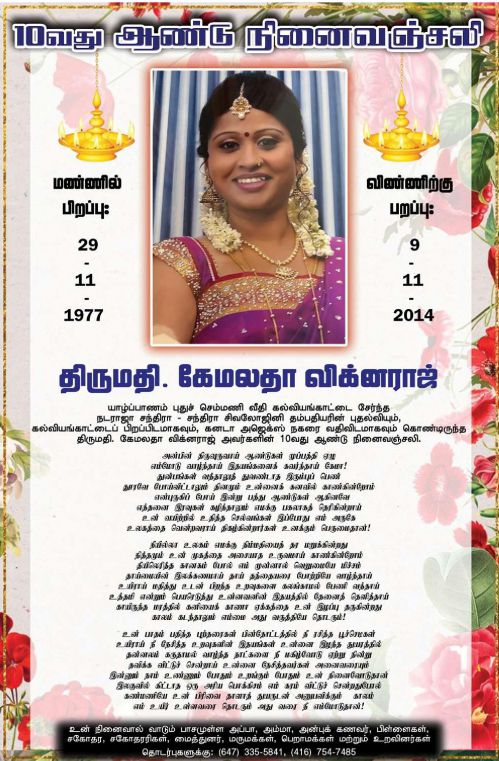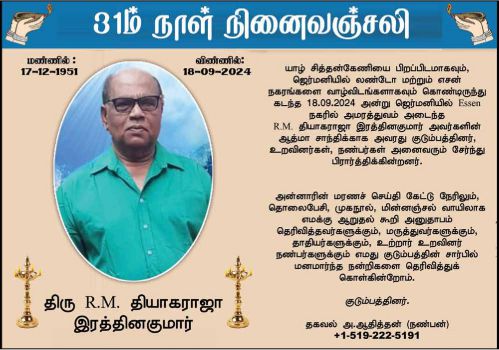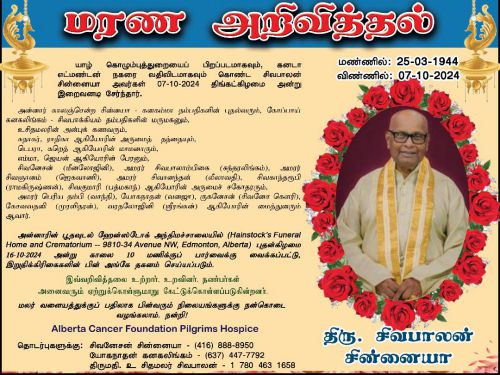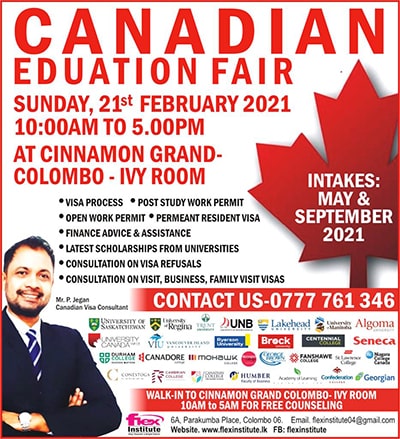DNA sampling to be done in Kokkuthoduvai mass graves exhumation says lead expert
Share

The lead forensic archeologist in the exhumation of Sri Lanka’s recently found mass graves in Vanni has emphasized carrying out DNA sampling to find their identity.
An interim report submitted by Prof. Raj Somadeva, the lead forensic archeologist involved in the exhumation of the Kokkuthoduvai mass grave said the skeletons and body parts recovered so far are presumed that of the female cadres of the erstwhile Tamil tigers who were shot dead in the mid-1990s.
His comments after the chairman of the government-appointed Office for the Missing Persons (OMP) Mahesh Kattulanda raised doubts that the body parts found in the mass grave could be that of those gone missing. This comment was made after the third phase of exhumation going on currently after a lull for more than six months.
“We are looking forward to ascertaining the fate of the missing persons to the highest standard and to find out whether there is any connection between the missing persons reported so far and the bodies found.”
Prof. Somadeva retorted by saying only a scientific analysis is the way out to find it, he told local journalists in Vanni where the Kokkuthoduvai exhumation operation is continuing in its third phase.
“If someone wishes to find out the identity of anyone gone missing the only way is to analyze the body parts recovered from the mass grave through biological fingerprints”. Such a scientific exercise is commonly known as DNA sampling.
While saying the collection of DNA sampling is under progress to identify those gone missing during and after the war by the OMP, Prof. Somadeva added the exact period of the burial could be found through the scientific process with due permission from the court.
“The Hon. Magistrate has said many sworn affidavits have been submitted with regard to finding out those gone missing. Hence, if a need to pursue DNA sampling arises in the future, we have made arrangements to collect samples accordingly. In the third phase of exhumation we have planned to collect such samples from every skeleton found in the mass grave”.
The expert forensic archeologist told local journalists in Vanni, such samples could not be taken during the first and the second phase of the exhumation since proper procedures were not followed.
“During the earlier excavations a lot of obstacles happened since heavy equipments and huge vehicles were used. Hence, this could not be done during the first and the second phase of exhumation. Collecting samples under those circumstances from such places would be dangerous. However, during this phase, we were able to collect samples in the right way which could be subjected any scientific analysis in the future”.
Prof. Raj Somadeva, the lead investigator into the Kokkuthoduvai mass grave also briefed about the size of the skeletons recovered from the site. So far 40 skeletons have been excavated from there.
“In the third phase, we were able to find four skeletons. Moreover, there are three more skeletons found in the second phase which have not been removed so far. Looking at these, now we need to exhume seven skeletons. We are continuing the excavation. Based on these excavations we have evidence to understand more skeletons could be here. But it would be difficult to say how many skeletons could be there. Since the skeletons are stacked one over the other we would find it difficult to firm confirmation until the excavation process is over.
So, I think it would be very tricky to remove the skeletons as they are stacked one over the other and hence they have to be removed very carefully”.
The forensic professor also explained about the items found in the mass graves apart from the skeletons which could be subjected to analysis.
“We have found out certain important items. So to say, two important items that could be subjected to forensic analysis. One is a bullet head and the other is two bits of binding wires (or two bits of rods). We need to clean them and analyze them. These are the only two which we have found”.
He further added the reasons in the delay of the forensic analysis of the recovered items.
“Apart from those, bits of pottery, broken glass bottles, and other iron rod bits have also been identified by us. We don’t know what are the relationship between the pottery bits, broken glass, and the iron bits with the skeletons. We have to analyze this till the excavation is complete. Also, we need to look into and analyze other objects likely to be found, their status and if they relate to these, and if so does it have direct connection with those dead on the event? If not, were the bodies brought here like debris from other places? So, we need little time to examine and analyze all these”
He further adds no orders have been received as yet to do the carbon dating to find out the period of the accidently discovered mass grave a year ago. He also recommends the proper way to find out the exact period would be to do the carbon 14 dating at a foreign lab or do the ‘pomp plus’ analysis.
“The court has ordered me to recommend the period when the incident happened. I have done that. If somebody makes a plea about the relative date in the court and if it is ordered so or to send items for scientific analysis that has to be informed during the excavation. That is because we have to collect the samples accordingly. But nothing like that has come so far”.
Lead forensic archeologist in the Kokkuthoduvai mass grave excavations Prof. Raj Somadeva told local journalists in Vanni that no pressure has been exerted on them and the excavation is being carried out pleasantly with cooperation.
“All of them are very friendly with us. No pressure has been exerted on us or any undue issue has been thrust on us”.
The Kokkuthoduvai mass graves were found when water supplies department staff were laying pipelines along the road towards Kokkilai about 200 meters from the Kokkuthoduvai Mahavidhyalayam in June 2023.
During the excavations skeletons, body parts, clothing, identity tags, and other items were found in the mass grave. The excavation continues.
